West Penwith (Where rocks become the sea)
A residency in West Penwith in Cornwall in 2021 was spent walking and foraging for earth pigments and developing an understanding of this mineral-rich ancient land.
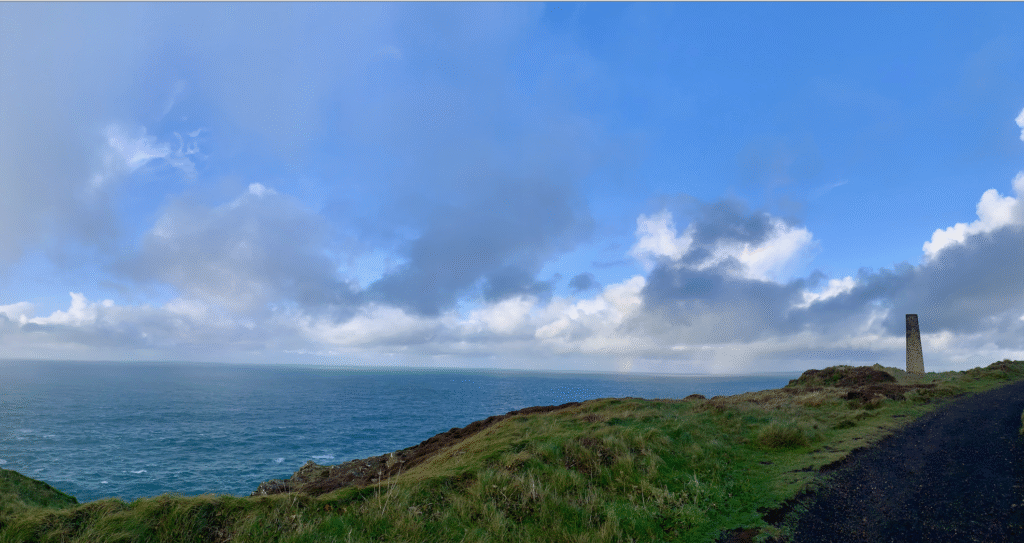
Deep reds, terracotta and magenta pigments were extracted from the spoil heaps of the old Levant tin and copper mines, with pure black from the nearby Botallack mine. The Leswidden China Clay pits offered a rich source of kaolin, from which the creamy whites have been procured. Extending her travels to Gunwalloe, on the edge of the Lizard, Sara collected yellow ochre from the egg yolk-yellow rocks, extending the palette of colours which have been used to express and interpret this unique environment.
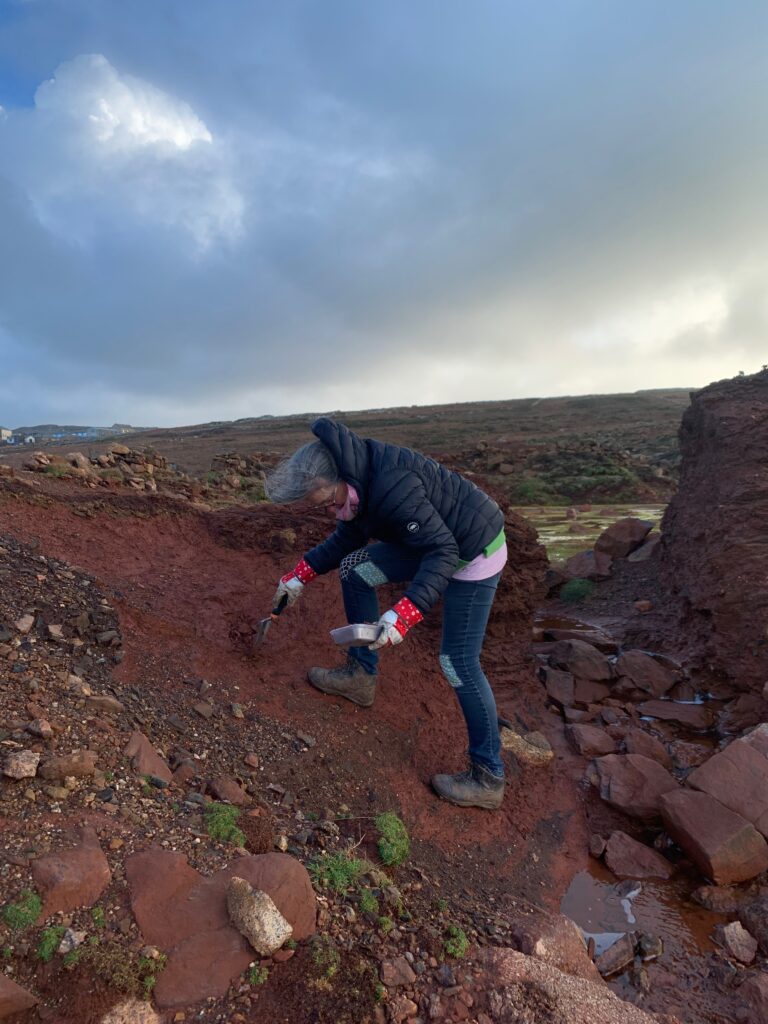
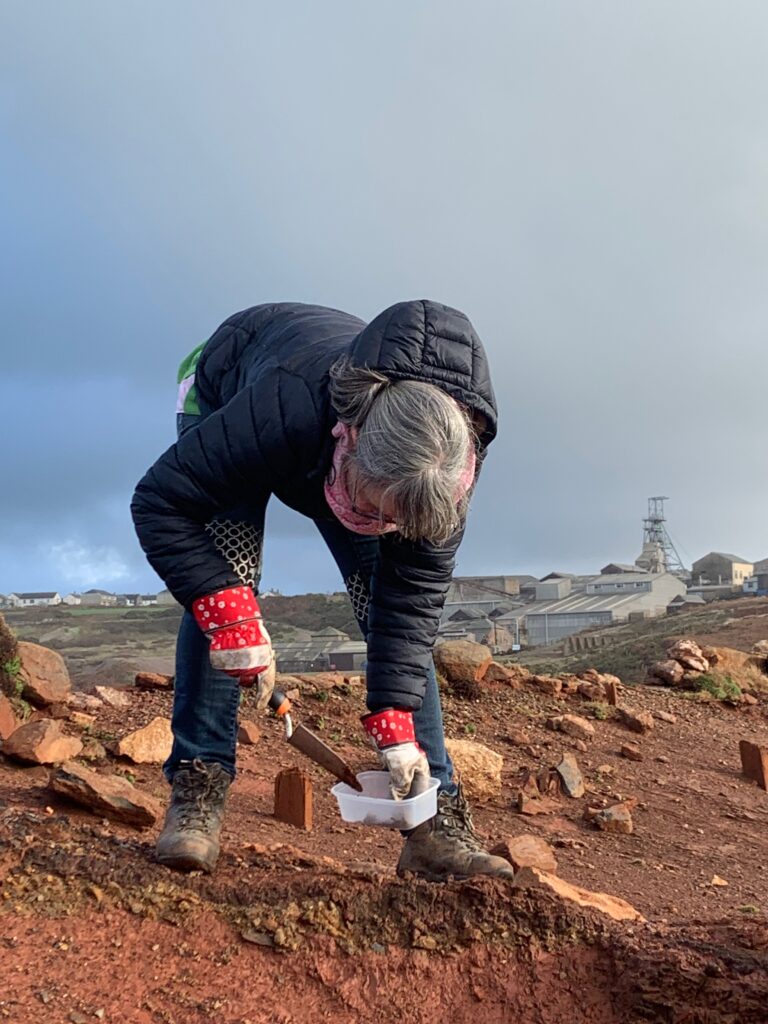
Each paint has not only its own individual colour, but also a unique texture, opacity, and character, each of which brings its own voice to the paintings. The physicality of the surface of these paintings suggests the surfaces of the land itself and at times the sea-washed and corroded metal hulls of ships and shoreline rocks. The lines, painted using seagull feather quills trace the movement lines of birds, fishing lines and the continual movement and rebalancing of the dynamic equilibrium of the marine environment.
Walking across tors, along coastal footpaths and moors, the presence of past inhabitants, all of whom have shaped this land, is felt. The standing stones which populate and characterise this landscape emerge and recede within the paintings, playfully recalling Barbara Hepworth’s Garden sculptures and the views through the garden and beyond. The glimpsed fragments of land, sea, and sky which we experience while walking along the coastal footpath are woven together into an enticing, intangible emotional response within these works.
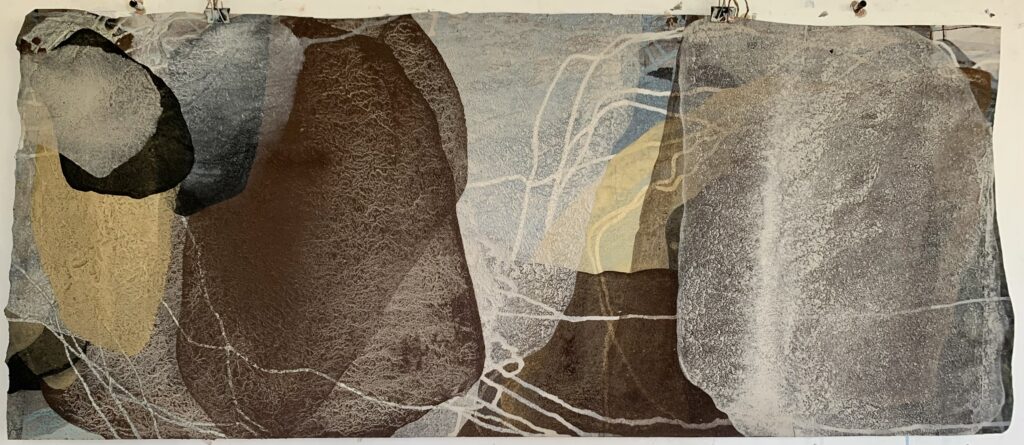
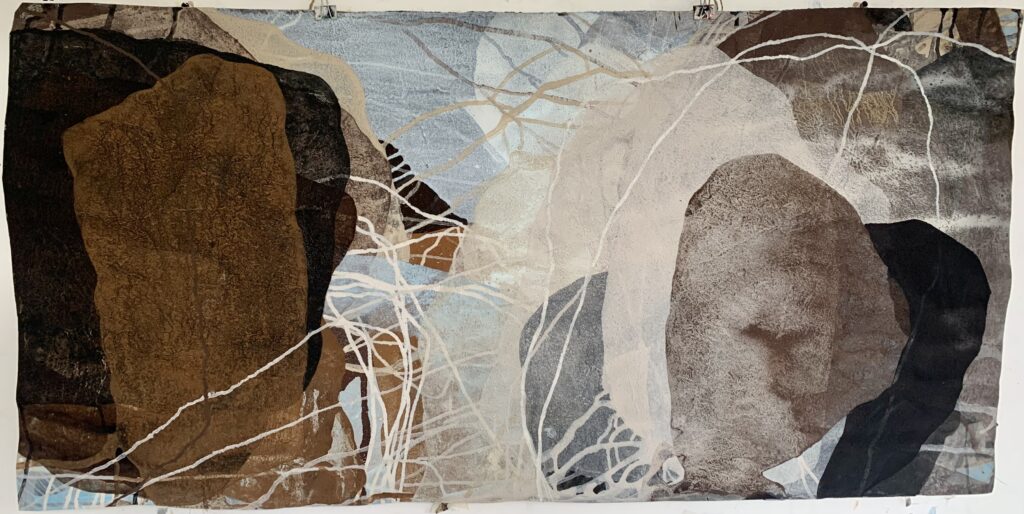
These paintings have a pulse. They breathe. At times evocative of the flow of water, suggestions of distant horizons, meteorological or cave-like, the paintings echo the layers of sedimentary rock as repositories of previous generations of organic life and the future of life to come. The rock recurs as a motif and metaphor for permanence and impermanence simultaneously. Thin, transparent veils of earth pigments simultaneously reveal and conceal the layers of rocks and time within the paintings, paying tribute to the work of the C20th St Ives group of painters.
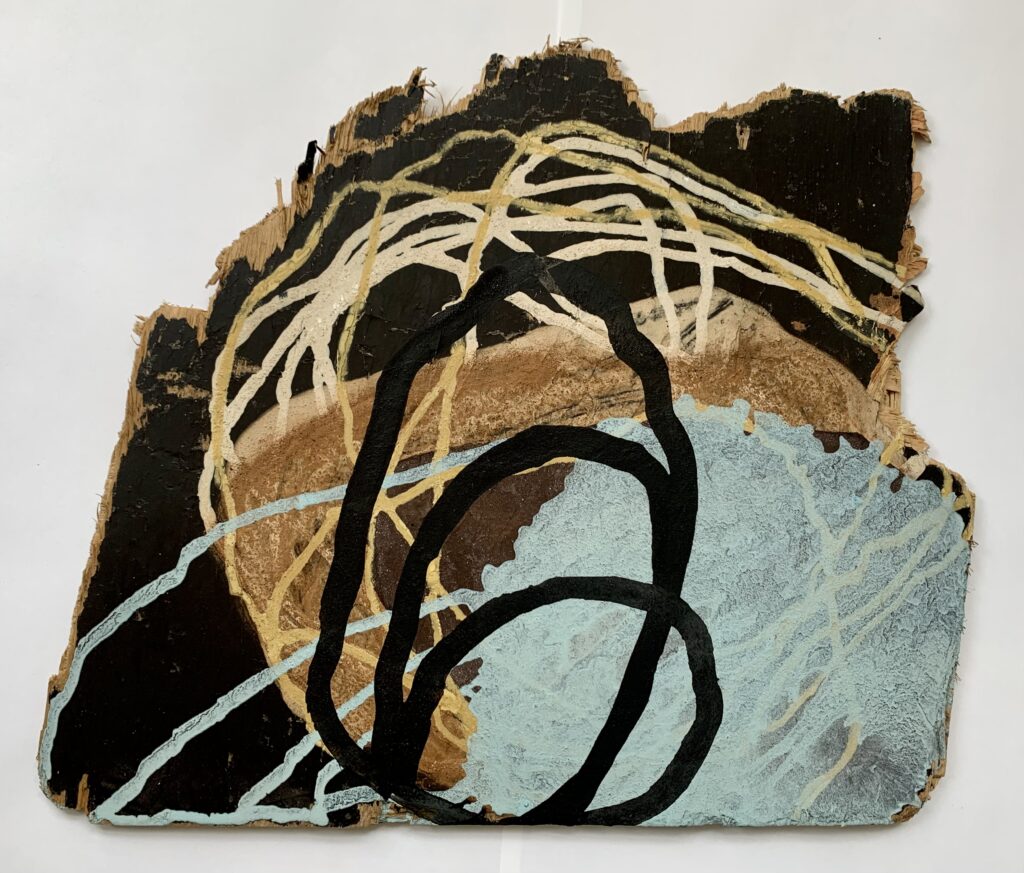
The laborious process of creating these paintings which are simultaneously carefully crafted, yet also unpredictable and fluid, reflect the human relationship with coast and land. Sara works in the studio: part-artist, part-scientist, part-geologist, part-cook, soaking, grinding, sieving, drying, mixing, pouring, making.